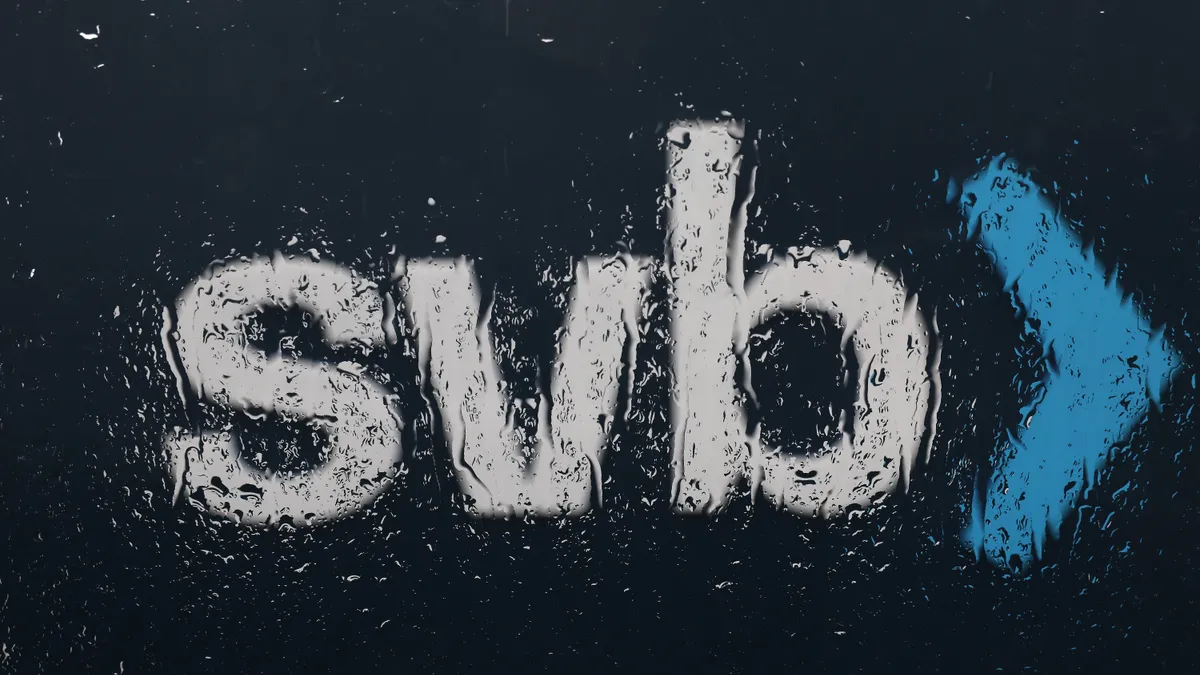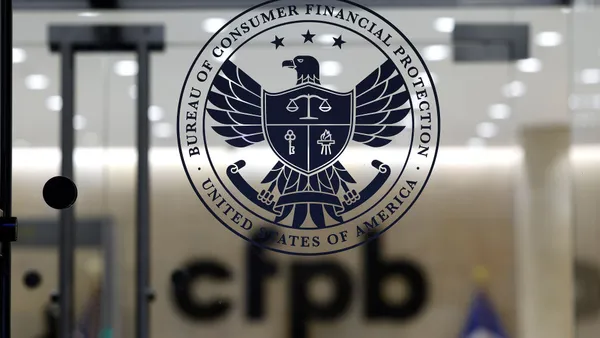The Federal Deposit Insurance Corp. said Silicon Valley Bank’s depositors were given access to all their funds on Monday morning after federal regulators undertook emergency measures on Sunday to stem contagion in the banking sector.
The Federal Reserve on Sunday also announced the creation of a $25 billion lending facility aimed at providing liquidity to banks impacted by the startup- and tech industry-focused firm’s collapse.
SVB’s demise Friday marked the nation’s largest bank failure since Washington Mutual collapsed in 2008.
In a joint statement Sunday, the Treasury, the FDIC and Federal Reserve announced they would waive the FDIC insurance cap of $250,000 and make all of the institution’s depositors whole. The agencies said no losses associated with the resolution of SVB will be borne by the taxpayer.
Regulators also announced they would extend the same “systemic risk exception” to crypto-focused Signature Bank, a New York-based firm which was closed by state regulators on Sunday amid the SVB fallout.
“This really shows a significant attempt by the Fed, the FDIC and the U.S. Treasury working in conjunction to try to calm markets down,” said Mayra Rodriguez Valladares, a capital market consultant and trainer who works with banks on risk and management issues.
Joseph Cioffi, a partner at Davis+Gilbert, called the move “extraordinary,” and one that signals the traditional playbook of securing a “white knight” to take over the firm was not bearing fruit.
Reports emerged over the weekend that regulators were searching for a buyer for the beleaguered SVB, with PNC and JPMorgan Chase expressing interest, according to Axios.
“The FDIC’s playbook for its Washington Mutual receivership in 2008 seemed to be the model here as we learned of the auction process this weekend, but it wasn’t meant to be,” Cioffi said. “Back then, WaMu’s deposits and assets were quickly acquired out of receivership by JPMorgan Chase. Many are still hoping for a similar savior to appear here.”
The new emergency facility created by the Fed should stem the potential for additional bank runs in the wake of SVB’s collapse, Jonah Crane, a partner at regulatory advisory firm Klaros Group, wrote in a Sunday blog post.
“The regulators have made clear that depositors will be protected if their bank fails,” Crane said. “The Fed’s term facility allows banks to get liquidity for the full face value of their underwater bonds. This substantially reduces the potential for further bank runs.”
Such federal intervention, however, runs the risk of encouraging bad behavior, Valladares said.
“By making all depositors covered, it increases moral hazard,” she said. “It's really telling all banks, ‘Go ahead and continue to take all possible risks you want. Go ahead and not manage your interest rate risk and your liquidity risk because the FDIC is going to cover everybody.’”
One bank CEO, however, expressed optimism that the government’s decision to protect depositors could help restore confidence in the banking sector.
“We need to protect the consumers and businesses who thought their money was safe and hold poor leadership accountable,” said Tut Fuller, CEO of Iowa-based Capra Bank. “As long as depositors are protected, then people will have confidence they can get their money out of the bank, and contagion won't spread.”
On Monday, SVB parent company, SVB Financial Group, announced its board appointed a restructuring committee consisting of five independent directors to explore alternatives for the holding company and its SVB Capital and SVB Securities businesses, as well as its other assets and investments.















